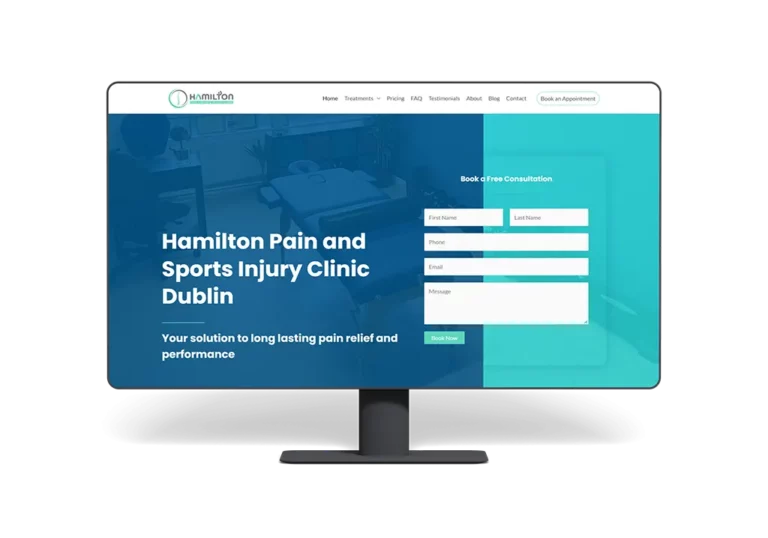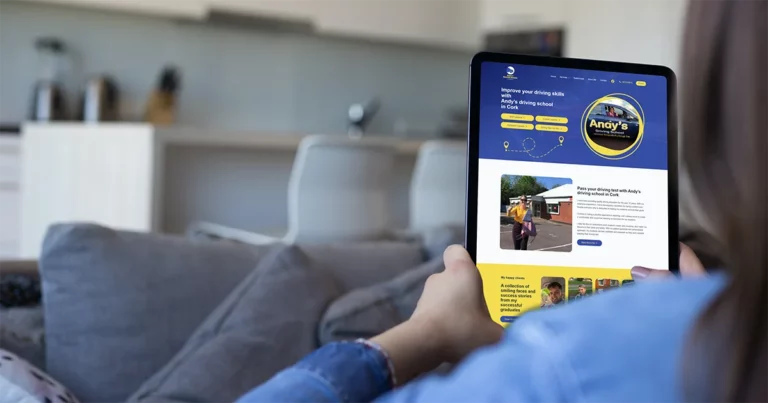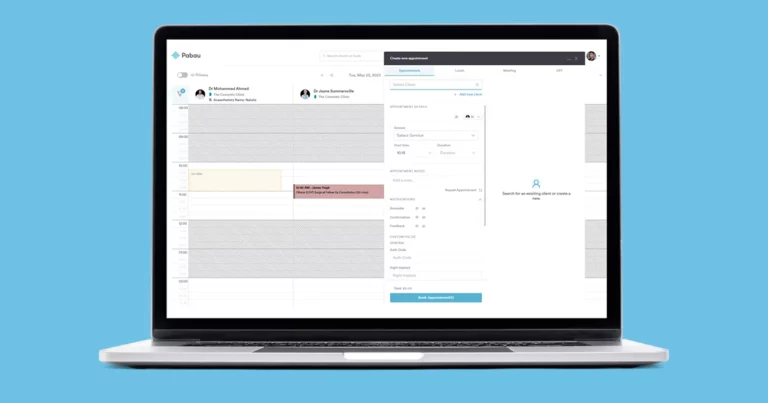When you consider the ways in which businesses market themselves today, it’s a wonder that any of them succeed at all. The Internet is chock-full of websites that are either poorly designed or completely forgettable.
Unfortunately, this is largely because designing a website remains a challenge for many businesses. While computer programs and online tutorials can assist in making the process easier, there is still much to consider when creating a website from scratch.
To give your small business an edge over your competitors, you need to invest in a professional website design and build services. The return on investment is almost immediate, considering how much time visitors spend on sites before clicking away or purchasing something directly from them instead of following links to other pages with related content.
Understanding the Process
Before you can know how long it will take to design your website, you have to understand the process.
There are typically five phases in a web design project: Design, Development, Testing, Deployment and Maintenance. Each of these phases is dependent on the previous one and takes time.
For example: The designer designs a website based on client input or their own vision. Then they hand off the design files for development so that developers can implement them into code for each page on your site (and/or build any additional functionality). Once it’s coded up by all parties involved in development and testing has been completed successfully (i.e., no bugs), those files are ready for deployment onto your server so that visitors can access your new site when it goes live!
Once launched into production mode with an internet connection available 24 hours per day 7 days per week 365 days per year there will always be maintenance work required as things change over time – whether that be updating content regularly or fixing broken links here and there every now-and-again.”
What Goes into Web Design?
When designing a website, it is best to think of the process as a house. You don’t just build one room, you build the whole house. It’s important to understand that designing a website is not like building just one room in your home; it involves all aspects of design and development.
When building a website, there are several steps involved:
- Understanding who your audience is and what they need from their site
- Designing your site based on these needs (visual design)
- Building out functionality (developing pages)
Key Steps to Building a Website
The process of designing a website can be broken down into the following steps:
- Analysis and Strategy
- Planning and Design
- Production, Development and Launch
- Content Management
Defining the Scope of Work
Defining the scope of work of your project is critical to achieving a successful outcome. To effectively design and develop a website, you’ll want to consider the following:
- What are your goals?
- How long do you have to complete the project?
- Who is your audience, and what are their needs and expectations with regards to this website?
- What is your budget for this project (including time, resources, labor costs, etc.)?
Once these questions have been answered, it’s important that you share them with us so we can tailor our approach for maximum effectiveness!
Producing Content for Your Website
Content is king. It’s the heart of your website, and it’s what will make or break your site in Google rankings.
Content should be:
- Easy to read and understand
- Relevant to your audience
- Keyword-rich, but not spammy (don’t add keywords just for the sake of it)
Finally, as mobile devices are more popular than ever before, it’s important that all content on your site is optimized for these devices as well.
Tips for Creating a Website on a Budget
With a budget in mind, you can start to define what kind of website you need. You could go the DIY route and build the entire site yourself, or you could use one of these strategies:
- Use a content management system (CMS). Examples include WordPress and Squarespace.
- Use a templatized website. A templatized website uses pre-made templates that are already coded; all you have to do is modify them with your own content and images. There are many different types of templated sites out there—some use frameworks like Bootstrap 4 while others will only work with certain web frameworks such as Joomla!. Using this approach involves less custom coding but requires more configuration work on your part before getting started with building out the site itself (e.g., choosing which CMS platform).
Conclusion
Building a website is a complex process that involves many different steps. Depending on the size of your business, it can take anywhere from a 1 week to several months to design and build your website. The good news is that you don’t have to go through this process alone! A web design company like us will be happy to help guide you through each step of the way so that you can get started on building your dream site as soon as possible.















